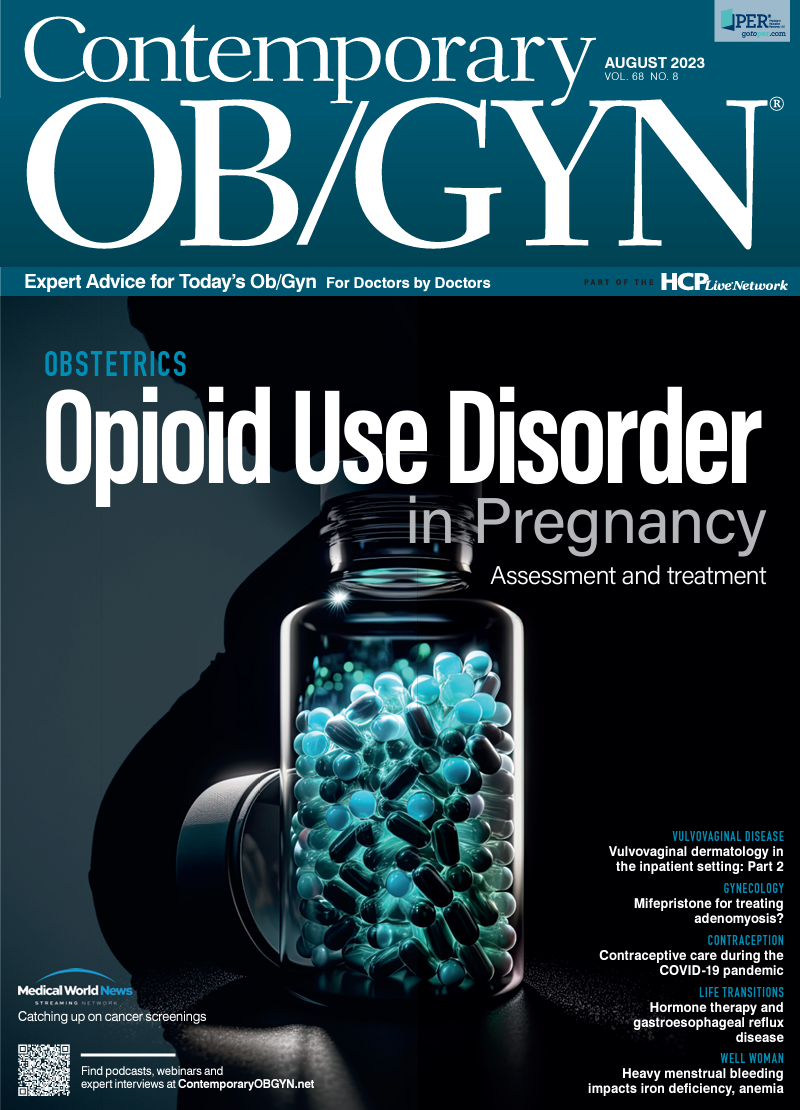Early hysterectomy and cardiovascular disease risk
In a recent study, higher rates of cardiovascular disease incidence were observed in women who received a hysterectomy when aged under 50 years compared to women without a hysterectomy.
Early hysterectomy and cardiovascular disease risk | Image Credit: © Ngampol - © Ngampol - stock.adobe.com.

According to a recent study published in JAMA Network Open, early hysterectomy leads to increased risks of cardiovascular disease (CVD).
About 36% of women worldwide experience CVD, and it is the primary source of morbidity and mortality in women. A significant rise in CVD risk is observed following menopause, while risks of coronary artery disease and stroke increase during early menopause.
Increased CVD risk may be associated with reduced female sex hormone levels, hemorheologic changes following menopause, and increasing hematocrit levels. Hysterectomy prior to menopause is associated with increased hematocrit levels, potentially leading to increased CVD risk.
To determine the association between hysterectomy before age 50 years and increased CVD risk, investigators conducted a population-based cohort study in Korea.
Medical information, including patient sex, age, diagnosis code, surgical procedure code, prescription drug information, hospitalization, insurance type, and outpatient information was collected from the Korean National Health Insurance Service (NHIS) database.
The Korean Health Insurance Review and Assessment Service (HIRA) was consulted to determine if NHIS data was clinically valid. Insurance data from January 1, 2007, to December 31, 2020, was obtained from the HIRA.
Participants were diagnosed using codes from the International Statistical Classification of Diseases and Related Health Problems, 10th Revision. Screening was performed in women aged 40 to 50 years between 2011 and 2014.
Patients receiving a hysterectomy between January 1, 2011, and December 31, 2014, for uterine myoma or adenomyosis were categorized into a hysterectomy group. Women receiving health check-ups at a medical institute during this time were categorized into a control group.
Incidental CVD, defined as, “the first hospitalization or death for myocardial infarction (MI), coronary artery revascularization, or stroke,” was the primary outcome of the study. Individual components evaluated included MI and coronary artery revascularization.
Variables included socioeconomic status, urban area status, hypertension, diabetes, adnexal surgery history, menopause before inclusion, and menopausal hormone therapy (MHT) before inclusion.
There were 135,575 women in the final analysis, 66,676 of which were in the hysterectomy group and 68,899 in the control group. Participants were aged a mean 45 years, with 47.3% aged under 45 years. Menopause before inclusion was observed in 8.3% of participants, MHT before inclusion in 1.1%, and adnexal surgery before inclusion in 1.7%.
In the hysterectomy group, CVD incidence was 115 per 100,000 person years, compared to 96 per 100,000 person years in the control group. While both groups had similar MI and coronary revascularization incidence rates, stroke incidence rates were significantly increased in the hysterectomy group.
Overall, early hysterectomy was associated with increased CVD risk. As this increase in incidence was not high, investigators were unsure if a change in clinical practice would be necessary.
Reference
Yuk J, Kim BG, Lee BK, et al. Association of early hysterectomy with risk of cardiovascular disease in Korean women. JAMA Netw Open. 2023;6(6):e2317145. doi:10.1001/jamanetworkopen.2023.17145

Prophylactic methylergonovine reduces blood loss in twin cesarean delivery
February 24th 2025A recent study found that administering prophylactic intramuscular methylergonovine after umbilical cord clamping significantly reduces intraoperative blood loss and hemoglobin drop in twin cesarean deliveries.
Read More
